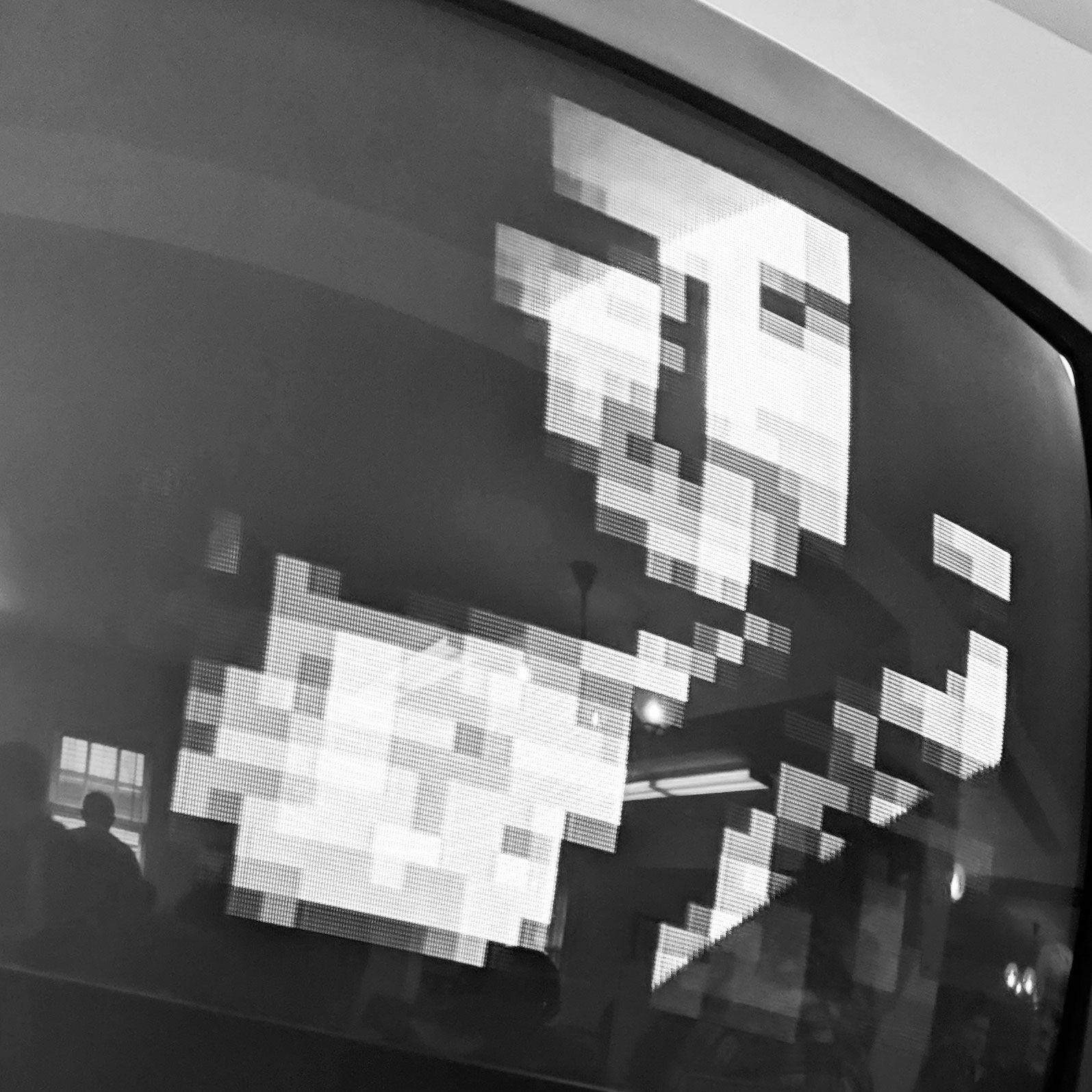
Legs!
Meta, for many reasons, wants to find a new direction for itself utilizing the vast resources it has under its own roof, but in their efforts to find that new thing, they’re having to spend ungodly amounts of R&D on something that they need to just work.
This is not like a small skunkworks project—this is not Facebook attempting to build a new design for its website. This is Meta essentially building the largest possible thing in hopes that the public finds the large thing hard to ignore and will inevitably give in—you know, like Facebook or Instagram.
Per Insider, the company spent $10 billion on the project last year alone, and has put 10,000 employees on this project, 10,000 employees that could be doing literally anything else and providing more value to the company than they currently are.
But they’re so bad at it! Everyone can see how bad they are at it! Even their own employees aren’t using Horizon Worlds! And yes, the new best example of this is the stupid leg feature they added to Horizon Worlds:
https://twitter.com/MetaHorizon/status/1579947568372404226
The leg jokes are great. Keep up with the leg jokes. May the internet be full of leg jokes until the end of time.
But trying to build a metaverse is not something that will happen because a large company wants it to happen on their fiscal calendar. It will happen because a use case emerges and naturally leads them in this direction.
The problem is, Meta has this equation all wrong, and it’s because their approach to R&D has essentially been to find what all of their competitors are doing and then replicate that as quickly as possible. That works for social media where trendjacking is the name of the game. But it does not work for actually building new things, where room to fail always has to be allowed within your prototypes. Meta needs to basically reset its entire approach to product development. And quickly.
The thing is, other companies have been out in the wilderness like this before—think Apple circa 2001, when it was trying to launch the iPod, or even IBM, who built the original IBM PC using a small team—but their dreams did not start so big that they were company-threatening. It’s not a bad thing to have dreams and ambition. But if these dreams and ambitions are going to become a business, they need to be allowed to start small and then grow into a realistic size.
I’m trying to think of the last time that a company spent so much money on a technology that its audience so clearly does not want, and I can’t think of one. So, Meta, stop doing it.
This is a great lesson for innovators of all stripes: If you want to build something innovative and groundbreaking, start with the smallest possible version of that innovative and groundbreaking idea. See how sticky and appealing you can make it. Let that customer feedback define the way you continue to build it. And then let it scale naturally before putting on the gas or investing immense resources into a technology nobody wants.
The true road to finding success in innovation is by letting ideas succeed without feeling the full weight of expectations pressing down on your virtual legs.
Time limit given ⏲: 30 minutes
Time left on clock ⏲: 6 minutes, 36 seconds



